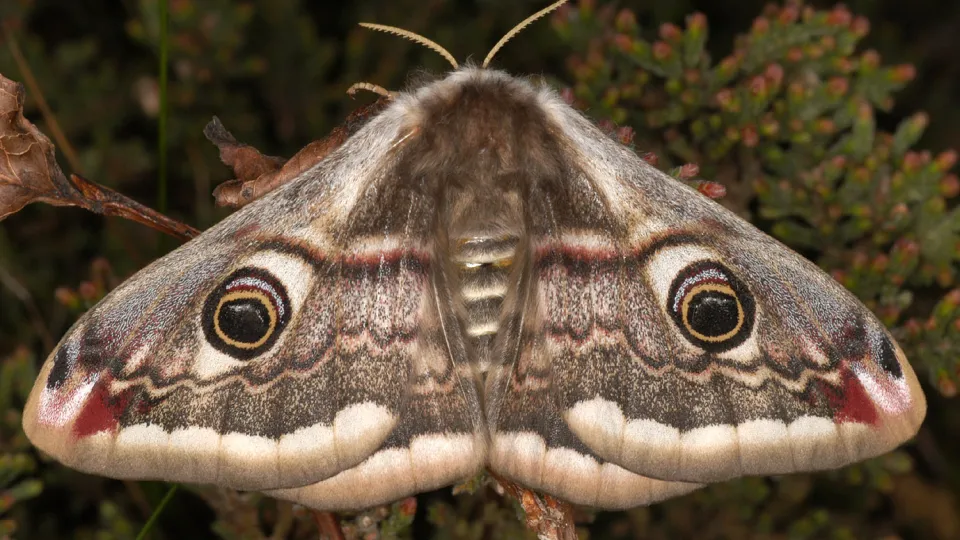
Emperor moth
An unmistakeable insect of heaths, sand dunes and grasslands, the Emperor moth is fluffy, grey-brown, with big peacock-like eyespots on all four wings. Males can be seen during the day, but females lie low.

An unmistakeable insect of heaths, sand dunes and grasslands, the Emperor moth is fluffy, grey-brown, with big peacock-like eyespots on all four wings. Males can be seen during the day, but females lie low.
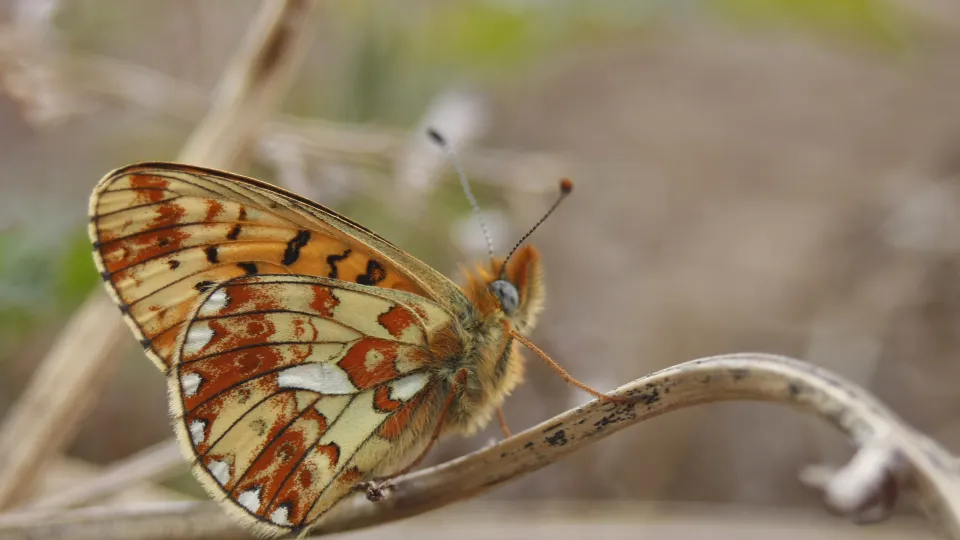
The pearl-bordered fritillary is a striking orange-and-black butterfly of sunny woodland rides and clearings. It gets its name from the row of 'pearls' on the underside of its hindwings.
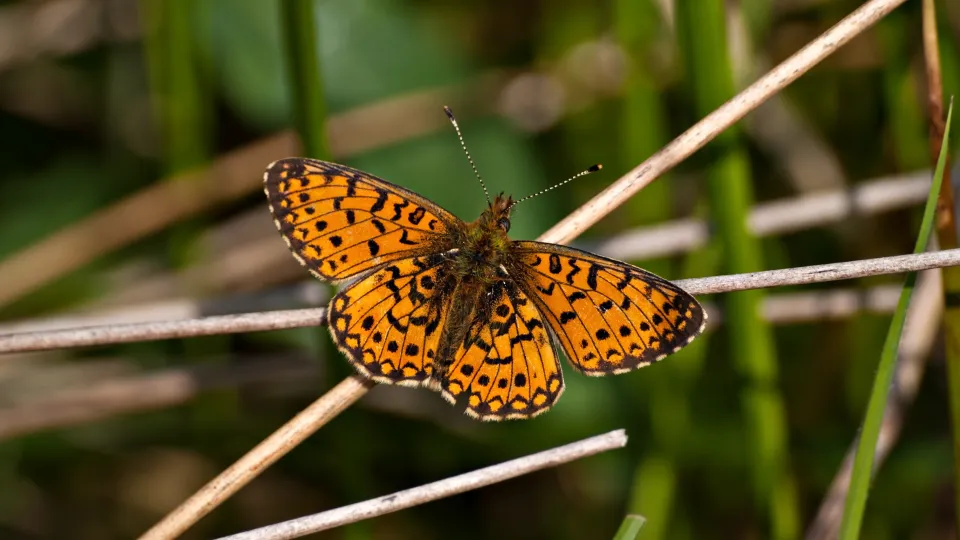
The small pearl-bordered fritillary is a pretty orange-and-brown butterfly of damp grassland, moorland, and open woodland. It gets its name from the row of 'pearls' on the underside of its hindwings.
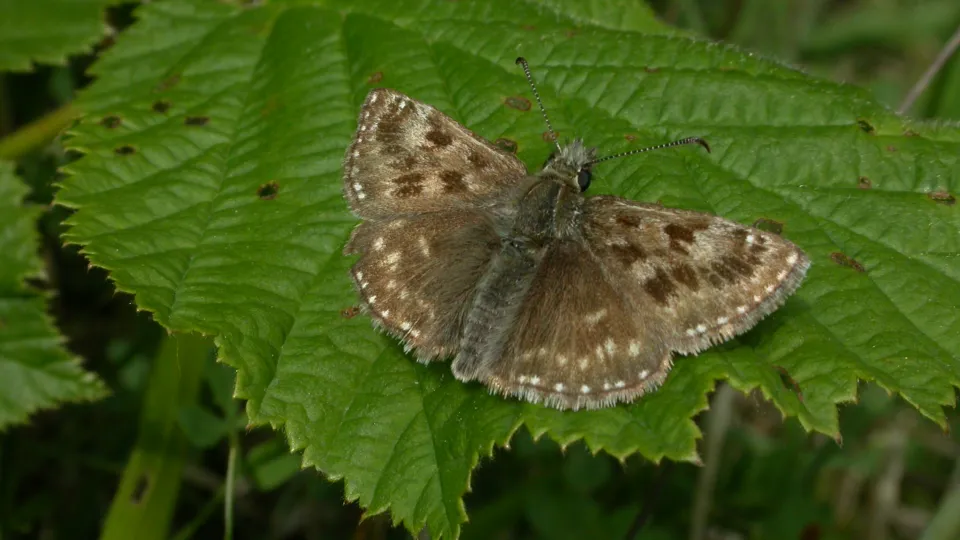
The moth-like dingy skipper is a small, grey-brown butterfly of open, sunny habitats like chalk grassland, sand dunes, heathland and waste ground.
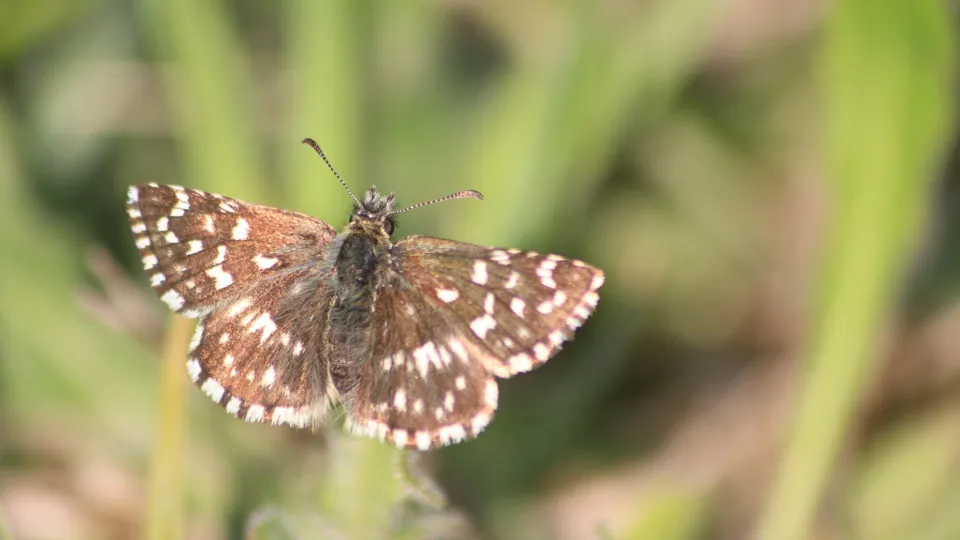
The grizzled skipper has a striking brown-and-white checked wing pattern. It is a fast flier, so is best observed in the morning as it basks in the sun to warm up. It favours chalk grassland and woodland habitats.
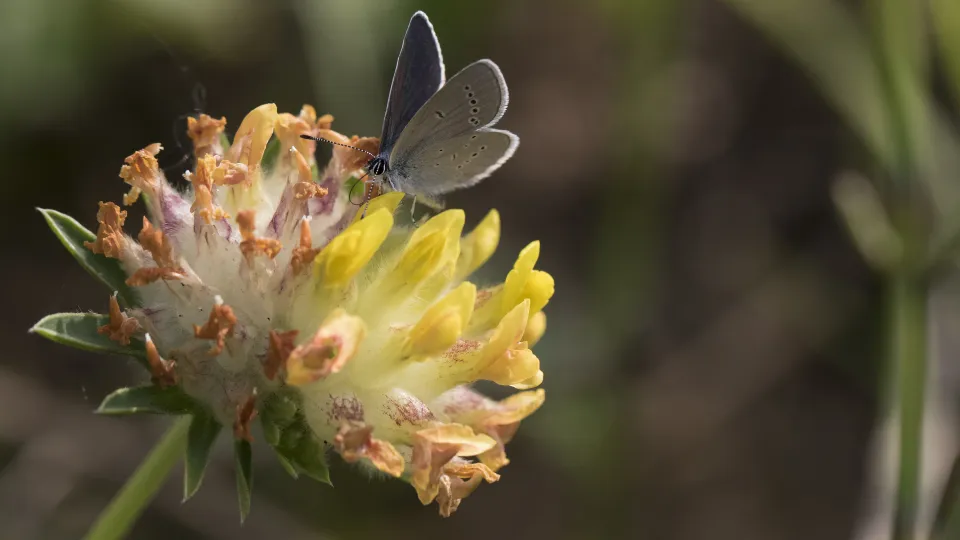
The small blue's name is a little misleading: it is our smallest butterfly, but only shows a dusting of blue on brown wings. It is scarce, occurring on chalk grassland, mostly in southern England.
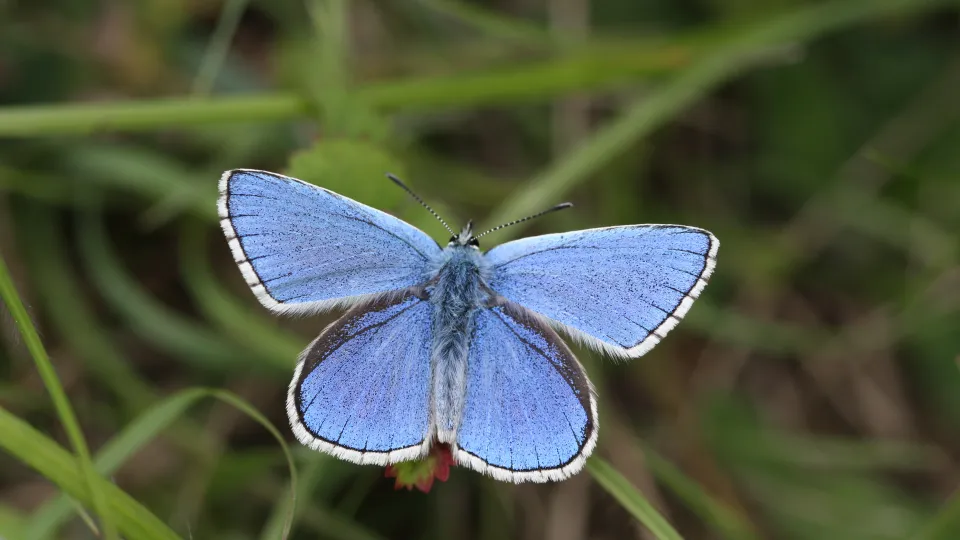
The rare Adonis blue can be spotted on sunny chalk grasslands throughout summer. Males are a dazzling sky-blue in colour, while females are duller brown.
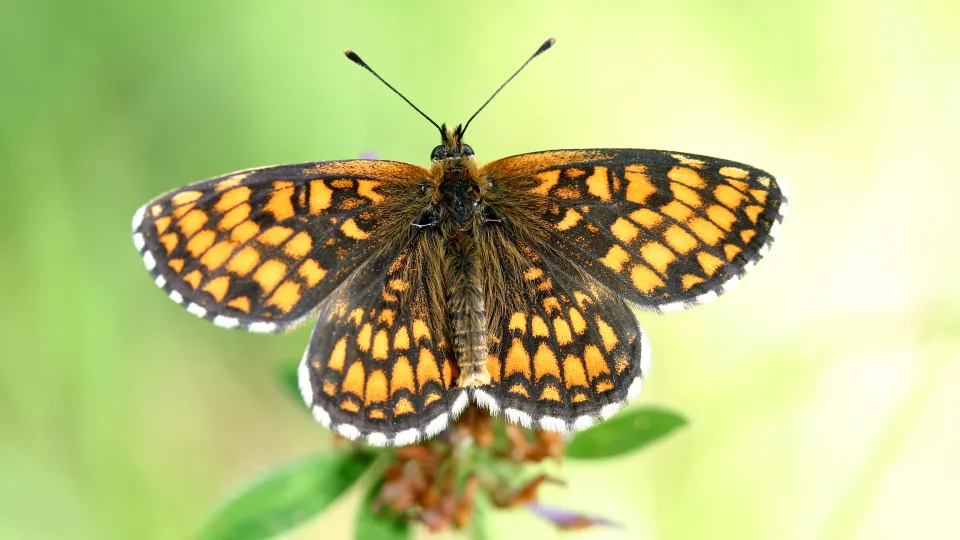
The rare heath fritillary was on the brink of extinction in the 1970s, but conservation action turned its fortunes around. It is still confined to a small number of sites in the south of England, however.
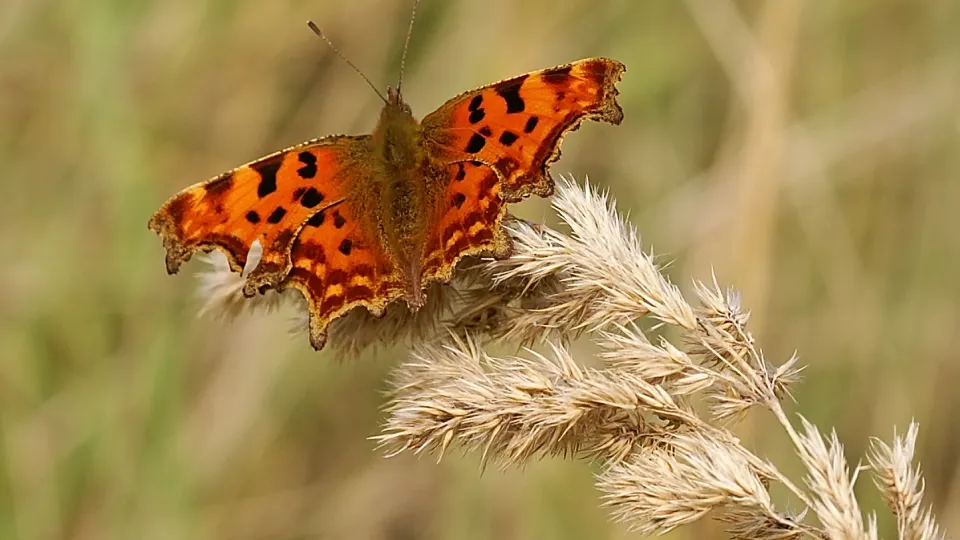
The comma has distinctively ragged wing edges, which help to camouflage it - at rest, it looks just like a dead leaf! It prefers woodland edges, but can be spotted feeding on fallen fruit in gardens.
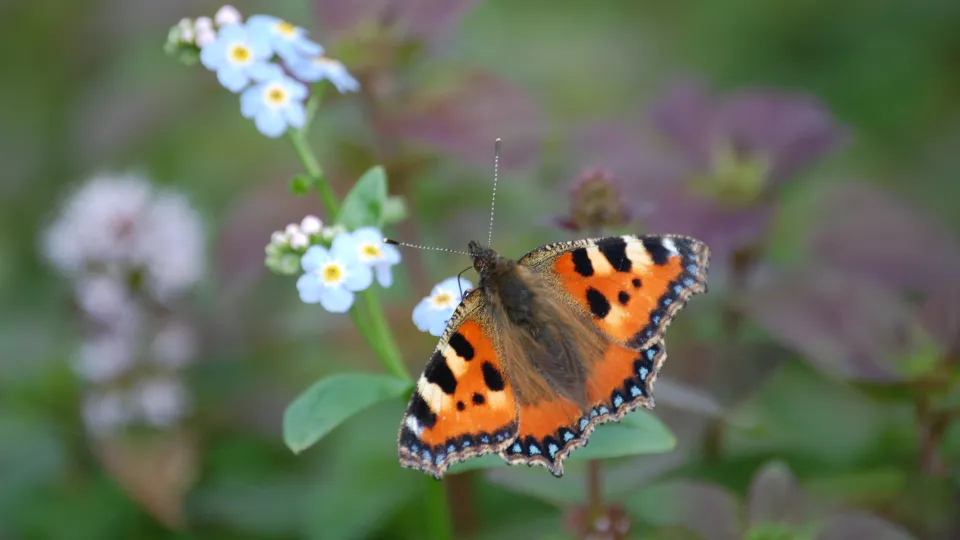
The pretty small tortoiseshell is a familiar garden visitor that can be seen feeding on flowers all year-round during warm spells. Overwintering adults may find resting spots in sheds, garages or even houses.